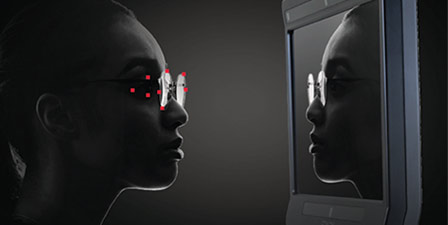
Few things are as visually exciting as a fireworks show filling the night sky. Still, whether we talk about fireworks used in pyrotechnic light shows or consumer fireworks, they are all explosives, not toys and can maim. All types of fireworks can cause injuries ranging from loss of sight or a limb to even life. Even a seemingly harmless sparkler can get up to 2,000 degrees and cause second to third-degree burns. Fireworks injuries are a hard lesson learned primarily by male teens and tweens 18 years old and under. The 2022 Fireworks Annual Report from the U.S. Consumer Product Safety Commission (CPSC) reported that in 2021, around 15,600 people had to go to the hospital due to fireworks-related injuries, and at least 18 people died from them. The reports of deaths from fireworks are too gruesome to share, but we should all read about it so that we grasp the extreme risks associated with using fireworks. (cpsc.gov/s3fs-public/2022-fireworks-annual-report.pdf)
CPSC reports that eye injuries make up about 15 percent of fireworks injuries. Nothing illustrates this better than the story of Jameson Lamb, who at the age of 16 was robbed of his vision in one eye by a Roman candle that he thought was spent, but it fired off and hit his eye. Although Lamb went through multiple surgeries over many years, including a corneal transplant and a stem cell transplant, and even though his vision improved to 20/80, he ultimately lost vision in the damaged eye. Lamb recorded a public service announcement on behalf of the American Academy of Ophthalmology with fireworks safety rules. He is quoted as saying: “One of the most important lessons I’ve learned from this experience is that fireworks aren’t toys. People need to know that there are risks. I hope that others can learn from me so they don’t have to go through the same thing I did just to find out.”
Typical fireworks eye injuries include burns and corneal abrasions (which can get infected and scar over, blocking vision) to more serious potentially blinding injuries such as retinal detachment and rupture of the eyeball. All can impede vision permanently. According to a 10-year study by Harborview’s Injury Prevention and Research Center in Seattle, of the patients they treated for fireworks injuries between 2005 to 2015, 75 percent had burns, 43 percent had fractures, and 59 percent had soft-tissue injuries. Twenty-one percent of patients had eye injuries, and 70 percent of those lost some or all of their vision. Of the 294 patients examined in the study, 11 had an eye removed, and 67 had a hand injury requiring at least one finger amputation.
To safely enjoy fireworks this Fourth of July, the American Academy of Ophthalmology recommends leaving it to the experts and attending a public fireworks show rather than using fireworks at home. They also recommend eye protection for those handling fireworks, such as shatterproof polycarbonate safety glasses. They state that even people watching fireworks should also wear eye protection, as a significant number of those injured are bystanders. To avoid a tragic accident involving children and fireworks, never let young children handle fireworks, even sparklers. Sparklers can burn at 2,000 degrees Fahrenheit, about 10 times hotter than boiling water. Respect the power of fireworks and celebrate safely this Fourth of July!
• Deborah Kotob
Pro to Pro Director
[email protected]












